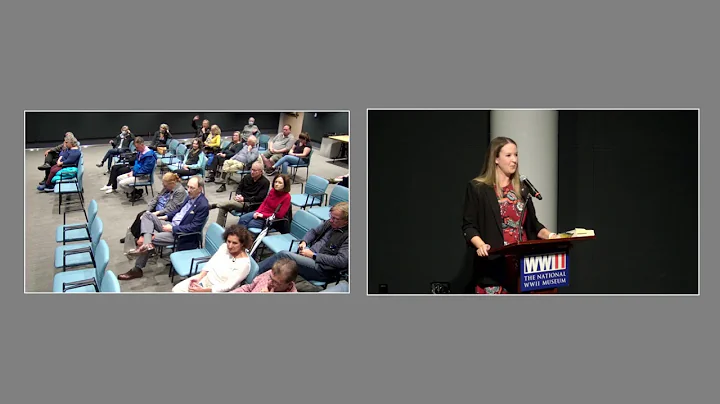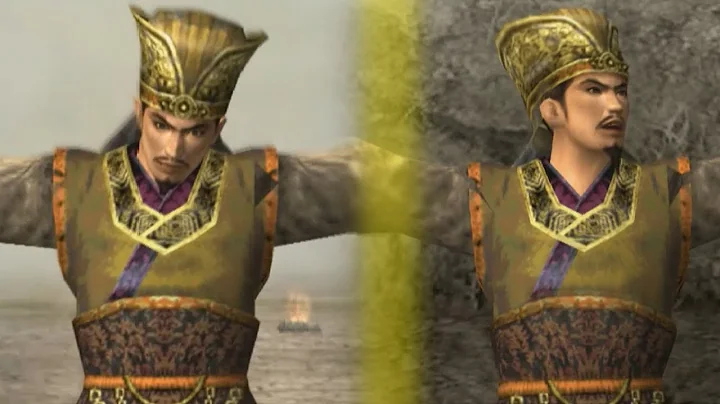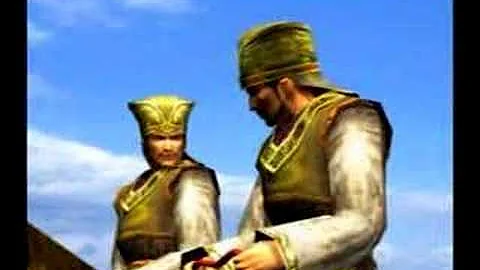
"Winter Train: The Vichy Regime and French Women in the Nazi Concentration Camps"
[English] Written by Caroline Moorehead
Translated by Xu Zhen
Oracle| Social Sciences Literature Press Published
This book is passed on Survival Based on interviews with journalists and their families, as well as many memoirs, letters, manuscripts, and archives, it reconstructs the heroic and fearless resistance of those brave French women during World War II to resist the German occupation, as well as the struggle to survive from Auschwitz. An epic struggle to survive in the Sin concentration camp. The book is divided into two parts, with a total of fifteen chapters. The first part narrates the experiences of French women who took active actions in the resistance movement, were unfortunately arrested, and were imprisoned in French prisons; the second part narrates the experience of arrested women taking the "31,000 trains" "When they were escorted from a French prison to the Auschwitz concentration camp, they described in detail the story of how they struggled to survive while being threatened by death in the concentration camp, and how they returned home and worked hard to live after the war.
Selected text reading
On January 5, 1942, Rondo, a police officer in the 10th district of Paris, saw a man and thought he was a wanted member of the French resistance movement . Andre Picken was a teacher and indeed the head of the National Resistance Front in Bass-Seine. Picken was involved in a train derailment with requisitioned supplies and combat supplies destined for Germany. The police are offering a reward of 30,000 francs for his head.
Rondo's boss, Lucien Roten, was a fanatical anti-communist Frenchman who actively colluded with the Gestapo . Wroten thought that Picken might be able to lead them to uncover other members of the resistance. Eleven police officers were ordered to follow him closely, but no arrests were made for the time being.
For the next two weeks, they searched the streets of Paris in vain. Then, on January 21, a police officer on surveillance duty at the Café Durande near Porte d’Orléans saw a man matching the description of Picken. He began to follow the man and saw him stop and talk to a man of about 30 years old with a strong build, thin cheeks and a big beard. Wroten's men followed the lead. On February 11, someone saw Picken standing outside the window of a shopping mall. Then, at "15:50," he walked in front of a man who was "28 to 30 years old, 1.7 meters tall, with a slim build, and brown hair. Accompanied by the curly lady, we entered the mall. The woman wore a "Prussian-style blue coat, a black belt, and light gray woolen stockings, and was far from elegant." The police did not know her identity at the time, so they named her "Ms. Bisson-Saint-Louis" after the nearby subway station), and Picken was called "Bison". After watching a movie at the Ice Palace Cinema, Picken and Ms. Bisson bought some biscuits and oysters and separated at St. Maur Road station.
A few days after
, Picken met "Mort Piquet", "Porter Soulo" and "Lady Barra 1". The police did not know who they were and named them after the place where they were first seen.
By mid-February, Picken and his contact were becoming visibly nervous, occasionally looking over each other's shoulders to see if they were being followed. Wroten began to worry that they might be planning an escape. Officers also became uneasy because, by the spring of 1942, the streets of Paris were filled with posters by resisters claiming that the French police were no better than the German Gestapo and therefore it was an act of self-defense to shoot them. legal. On February 14, Picken and Ms. Brunet were seen at the Montparnasse train station buying tickets to Le Mans the next morning. Afterwards, they checked in the three large boxes that were accompanying them. Wroten decided it was time to act. At 3 a.m. on February 15, 60 police officers were sent to various places in Paris to make arrests.
Over the next 48 hours, they broke down doors and forced entry into apartments, shops, offices, storerooms, and searched cellars and attics, pighouses and garden sheds, larders and cupboards.They took away notebooks, address books, fake identity documents, explosives, revolvers , leaflets, elaborately forged tickets and birth certificates, typescripts, and plans for sabotaging trains, as well as dozens of Torn postcards, train timetables and tickets, half-torn passwords - these are the secret codes used to communicate with the people recorded in the notebook. Picken was arrested while trying to swallow a list. An address book, anti-German leaflets and 5,000 francs were found in his shoes. Others screamed for help, struggled and tried to escape as they were arrested by Wroten's men. Two women bit the officer.
As time passes, each arrest brings new clues. When taken to police headquarters in Paris for questioning, some of the arrested refused to speak, some acted defiantly, and others were downright contemptuous. The women told interrogators that they were not interested in politics and knew nothing about the resistance, and that strangers had given them large and small packages. Husbands said they had no idea what their wives were doing all day, and mothers said they hadn't seen their sons in months.
Day after day, Roten and his men interrogated the prisoners, brought them together in twos and threes, and then wrote reports and arranged for more arrests. What they did not document, besides the use of torture, were slaps, punches and kicks to the head and ears, and threats to family members, especially children. One report read in the margins that detainees should be treated with respect and concern. This sentence is followed by several exclamation points. Torture became a joke.
Towards the end of March, the arrests and interrogations, now known as the "Piken Affair", came to an end. Roten announced that the French police had dealt a "decisive" blow to the resistance. Their results include 3 million anti-German and anti-Vichy leaflets, documents weighing 3 tons, 2 typewriters, 8 photocopiers, 1,000 copy templates, 100 kilograms of ink and 300,000 francs. 113 people were arrested, 35 of whom were women. The youngest was 16-year-old schoolgirl Rosa Flock, who was arrested for writing "Long live Britain!" on the wall of her high school. The eldest is a farmer's wife, 44-year-old Madeleine Normand. She told police that the 39,500 francs found in her handbag was because she had recently sold a horse.
Nine months later, on the snowy morning of January 24, 1943, 30 of these women were joined by 200 others who, like women across occupied France, had endured four years of German occupation. She was put on the only train that took women captured in the French Resistance to the Nazi death camps.
In the early 1960s, one of the "passengers" on this train, Charlotte Delbo, wrote a script. Seeing herself as a messenger, she tells a story about her former companions. 23 women, wearing the iconic stripes, talk about their lives in Nazi concentration camps. It was almost impossible to tell who was who; they all looked grey, wearing tattered, shapeless clothes, their hairstyles and features deliberately obscured. "The faces," Delbo wrote in the script description, "are not important," but what is important is their shared experience. Just like Greek Tragedy , everyone knows that violence exists, but no one actually sees it happening.
"One of us must go back," one of them said. "You or the other one, it doesn't matter. We must work hard and survive, because we are warriors... Those who go back will win." Victory." The second woman said: "What should we do with those who are left behind?" Another person replied: "We will leave with them." Then someone asked: "Why do people believe the stories told by these ghosts? They can't even explain how they came back."
In 2008, I decided to look for the women who left Paris on that bitterly cold January morning 65 years ago.I couldn't help but wonder if there were anyone alive who could tell the story of why they joined the resistance movement in the first place, how they were arrested by Roten's men, and what battles they and their companions went through to survive then and later.
I discovered that Charlotte Delbo died of cancer in 1985, but there are still 7 women alive. I found Betty Langlois, then 95 years old, frail but still charming and determined. When she looked at the photos of herself in her early years, her brown pupils shone with the same sharp light, but at the same time she was also a little confused. She lives in central Paris in a dingy apartment dotted with potted plants and auburn furniture. She treated me to colorful macarons and gave me a small tortoiseshell velvet cat, which was curled up in a brown cardboard box. Although she didn't own a cat, she liked the lively look of this flannel cat very much and gave it as a gift to all her friends.

The hypocritical "Freedom at Work" banner hangs on the gate of the Auschwitz-Birkenau concentration camp in Poland (Visual China)
Betty introduced me to Cécile Charlu who lived in Guingamp, Brittany profound. Cecil laughed at my formal French and taught me many slangs and curse words. At 93 years old, she is quite strong, humorous and never complains. I have visited the two of them many times, and every time they kept talking and talking, telling me the real scenes and stories that happened more than half a century ago but are still vivid in my mind. During this period, none of them talked much about their experiences. Cécile told me about Madeleine Di Soubre, then 91, a retired mathematics teacher who lived alone in a cramped apartment outside Paris filled with books. Later, at the gathering of survivors held every January 24, I listened as Madeleine—a thin, upright woman—described to the crowd in her firm and moving voice what it meant to survive. She was stern and very restrained.
I spent a lot of time searching for Pupet Alizon because she had gradually alienated her former friends and had a difficult relationship with her daughters. However, a lucky break brought me to Rennes . I met her in a quiet, elegant apartment with impeccable decoration taste. It was filled with paintings and overlooked an abandoned park and several flower beds. Proppet, who was 83 at the time and younger than the others, wore a long lavender coat that was as elegant as the decor in her room. She looked uneasy and a little contemptuous. Likewise, Pupet talked non-stop. She was so lonely and life had not been kind to her.
In 2008, Lulu Teffnan, Gilbert Tamisi and Genevieve Pakula were all still alive. But they were too weak to receive any visitors. However, I met Lulu’s son Paul and her sister Cristiana.
In the summer of 2009, shortly after my third visit with Betty, she passed away. She has suffered from pancreatic cancer for 47 years, and few pancreatic cancer patients survive for such a long time. The last time I saw her, she told me in a cheerful and proud tone that she baffled all the doctors. Staying alive, she said, was something she was very good at.
After spending a lot of time listening to four surviving women tell their stories, I decided to find the families of those who did not make it back from the Nazi concentration camps, or who died later. I found Pierre, son of Madeleine Zani, who lived in a village near Metz; Tony, son of Germaine Renaudin, who lived in Terme Armagna In a comfortable and beautiful house in France, not far from Bordeaux; Annette Ebo's son Claude, who had just had an operation and was recuperating in a sanatorium in the Charente department; Raymond Se Jean's daughter, Giselle, lives in Saint-Martin-le-Beau, a village not far from Tours , where her mother grew up. I met Amité Guillon’s grandson in a café in Paris. Each of them told me stories about their own family and introduced me to other families.I've traveled all over France, to remote farmhouses, retirement homes and community apartments, to the countryside and the outskirts of France's big cities. Descendants of survivors, some now in their 70s, have compiled letters, photos and diaries. They spoke of their mothers with a mixture of admiration and a hint of bewilderment that they could be so brave yet so humble about their achievements. This makes today's older sons and daughters miss them more often. When we talk about the past, they often burst into tears.
This book is about friendships between women and the importance they place on intimacy and mutual support. Under extremely cruel and dangerous conditions, this mutual support is a matter of life and death. It's about courage, facing life's worst situations head-on and surviving, with dignity and an unbreakable, unquestionable determination. Those women who were able to return to France in 1945 were mainly because of their luck, but also because of their perseverance and mutual support, even though they came from different social classes, with different ages, religious beliefs, professions, and political beliefs and educational background. No doubt there were distances and distances between them: some became closer friends. However, they care about everyone around them and feel resentful whenever someone dies. What they experienced, month after month, far exceeded the limits of human endurance.
This is their story, the story of Cecil, Betty, Propert, Madeleine and 226 other women. They were all put on the train that would become known as Train 31,000.
About the author
Caroline Moorehead, biographer. Her nonfiction work focuses on the history of the Red Cross and refugee studies, including The Refugee Journey, which has received critical acclaim. Her latest book, Dancing on the Edge, is a biography of Lucie de la Tour Dupin.
Author: Caroline Moorehead
Editor: Jin Jiuchao





















